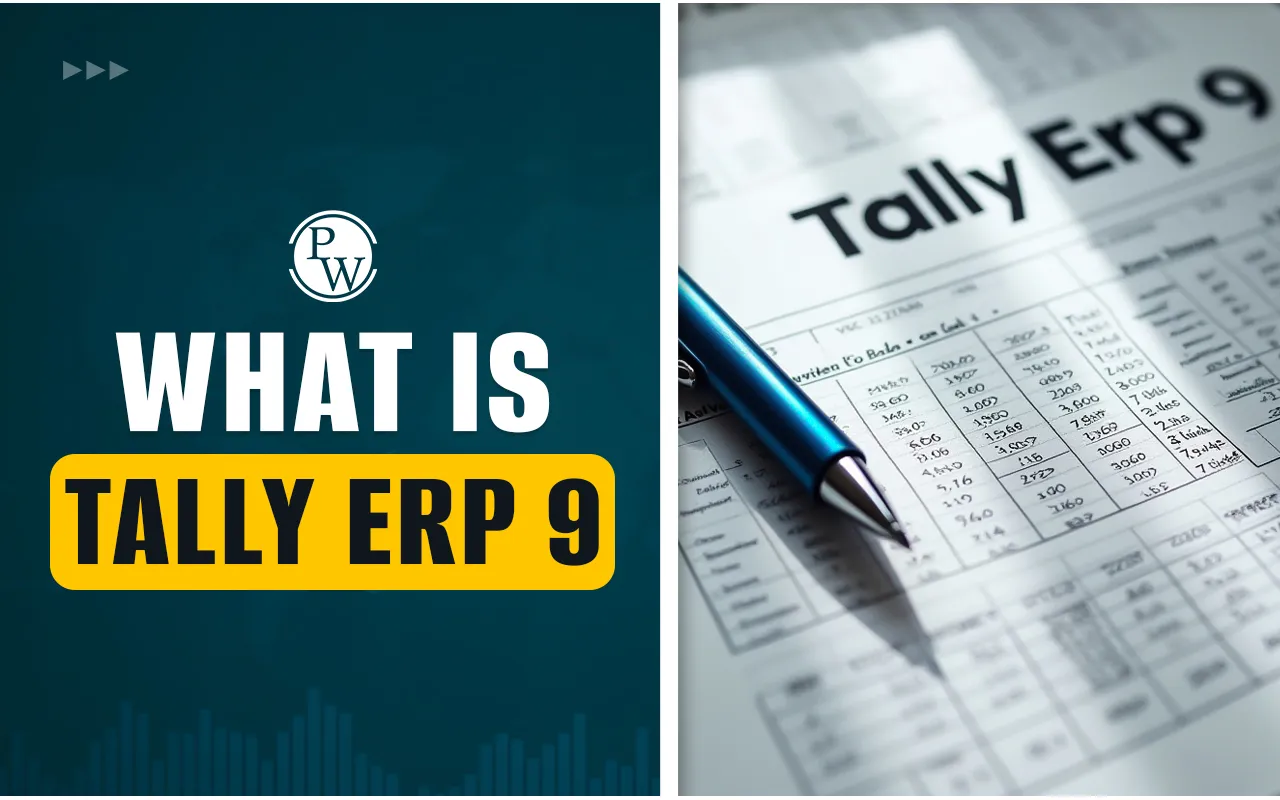
Financial Leverage: It refers to the system of borrowing money, funding investments, and planning for future returns greater than the debt servicing costs. Following this process, a company or firm can use the debt to generate more revenues, although there is some risk involved.
Leverage is often used when businesses decide to invest in themselves for expanfsions, acquisitions, or company growth. This is also a good investment strategy that uses different financial instruments and borrowed capital to increase the potential returns on an investment.
What is Financial Leverage?
Financial Leverage is used by companies to borrow funds and increase their returns from an investment or any project. Companies can use the leverage to invest in their growth strategies. The process of leverage is used both by investors and companies:
-
Investors can use the leverage to increase their returns, which can then be given to an investment. Such investors can leverage their investments by using different instruments like options, futures, margin accounts, etc.
-
Financial Leverage is put to use by firms to finance their assets. In order to invest in business operations, the companies can use debt financing to increase growth in place of issuing stocks to raise capital.
Those investors who are not comfortable using Financial Leverage directly can access it indirectly as well, in different ways. They can then invest in those firms that generally make use of leverage to finance and expand their operations without increasing their business outlay.
Financial Leverage Ratio
This Ratio is calculated to measure how much debt is used by a company to finance its assets.
-
The extent to which a company relies on borrowed funds in comparison to its equity is indicated by this ratio.
-
Financial Leverage Ratio aids a company in checking and managing its financial risks and its ability to meet its obligations.
-
When the Leverage Ratio is high, it indicates that the company relies more on debt. Such a ratio potentially suggests an increase in both the potential for profit and the risk of financial distress.
How to Calculate Financial Leverage?
Several financial leverage ratios are used to calculate how much a company is leveraging in its attempt to increase its profits. Some of them include the following:
Debt Ratio: It is analyzed for a company’s leverage by calculating its ratio of debts to its assets. The amount of debt used by a company to finance its assets is indicated by this ratio. When a company relies more on debt to finance its assets, the debt ratio is considered high. In the debt ratio calculation process, it is assumed that the company is using all its debt.
Debt Ratio = Total Debt/Total Assets
Debt-to-Equity Ratio: Another way to calculate financial leverage is to assess how the company’s assets are financed in place of looking at the company's ownings. The D/E Ratio is measured to make a comparison between borrowings of a company to the funds raised from private investors or shareholders. A D/E Ratio >1 suggests that a company has more debt than equity and vice-versa.
D/E Ratio = Total Debt/Total Equity
Debt to EBITDA Ratio: This ratio is used to compare a company’s debt to the income generated from in given period using its Earnings Before Interest, Tax, Depreciation, and Amortization (EBITDA). Debt to EBITDA Ratio indicates the amount of income available with the company to pay down debt before the operating expenses are deducted from the income.
Debt-To-EBITDA Ratio = Debt/Earnings before EBITDA
Equity Multiplier: This ratio is used to understand the ownership value of a company by looking at how the assets have been financed. When a company finances the majority of its assets with equity, it indicates a lower equity multiplier.
Equity Multiplier = Total Assets/Total Equity
Degree of Financial Leverage (DFL): This ratio is used by Fundamental Analysts. DFL is calculated by dividing the percentage change of the company’s earnings per share (EPS) by the percentage change in its earnings before interest and taxes (EBIT) over a period of time.
Degree of Financial Leverage = % Change in EPS/ % Change in EBIT
Example of Financial Leverage
“Consider that a startup tech firm receives funding of $ 10 million in equity from venture capitalists. This capital is then used by the firm to develop software, hire a workforce and cover other initial operational costs.
In order to grow faster and enter into the international markets, the decides to receive an additional $30 million in debt through a series of structured loans. This will help to push the firm’s D/E Ratio to 3:1, which is considered an aggressive stance in the tech sector.
Although this level of financial leverage raises the risk, it also allows the firm to grow faster and increase its market share for revenue. TESLA, for example, has used a similar strategy in the past. It raised billions of dollars through bond issues and then reinvested that into developing global production capabilities and innovative technologies like battery storage and auto-driving.
If the firm’s expansion and growth plan succeeds and revenue becomes more than the cost of debt, then the high leverage results in increased returns for the equity holders. But, if the revenue and cash flow weaken, then the heavy debt could strain the firm’s operations and limit its flexibility.”
Step into the Professional Finance World with PFCP-PRO . Join PW Finance Course and move closer to a future in finance that’s driven by knowledg, skills, and industry relevance.
Financial Leverage FAQs
What is Financial Leverage?
How is Financial Leverage calculated?
What is a good Financial Leverage Ratio?
What is the importance of Financial Leverage?










